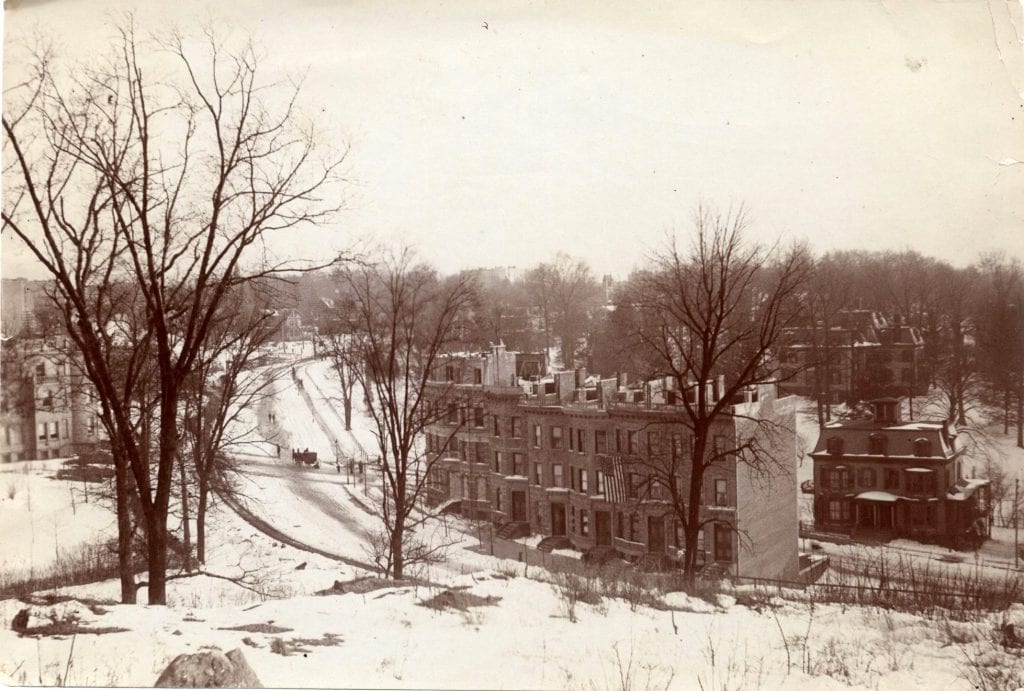Find your corner of the world and fight for it.
That’s an underlying message behind Spady’s immersive and carefully tended history of Audubon Park, the small neighborhood just to the north of uptown’s Trinity Cemetery where its namesake — the naturalist John James Audubon — is buried.
The Neighborhood Manhattan Forgot
Audubon Park and the Families Who Shaped It
Matthew Spady
Empire State Editions
In the 1840s this farmland was Audubon’s paradise, where he tended fields and raised his family far from the harsh realities of urban life to the south.
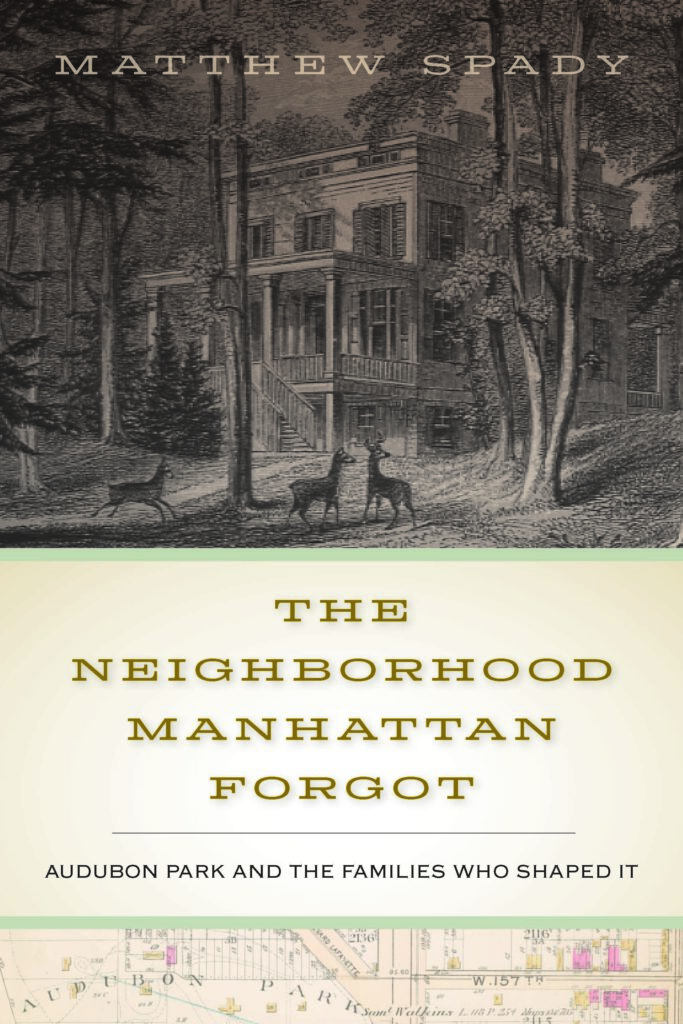
“While New York City marched toward the interdependency of a commercial society,” writes Spady, “the Audubons, like the majority of families stretched across rural America in the nineteenth century, looked for autonomy and self-sufficiency in bucolic isolation.”
Audubon also kept wild animals on the property which he and his sons later captured in the vivid prints contained in The Viviparous Quadrupeds of North America.
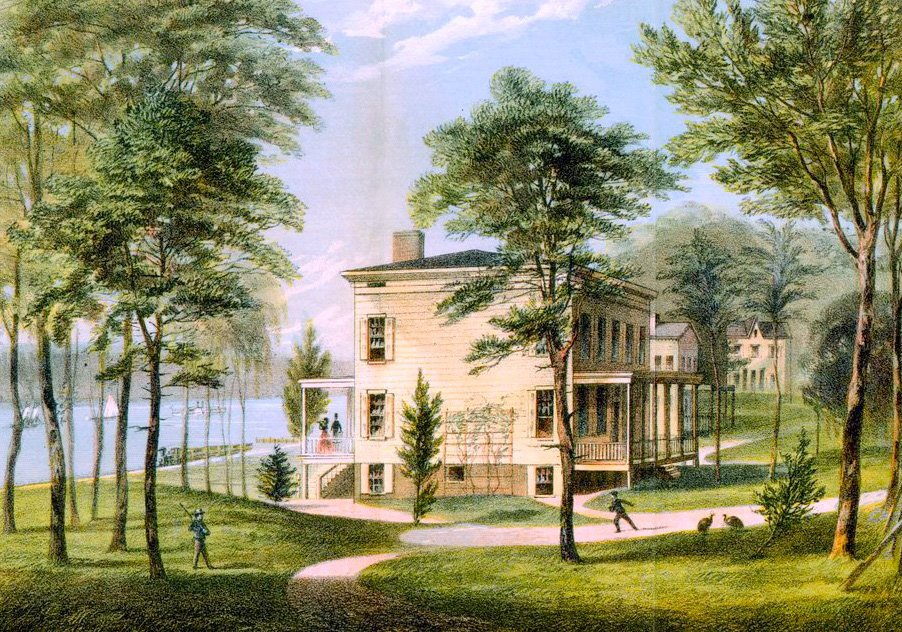
But ‘Minnie’s Land’, as the farm was first called, could not be so easily preserved with fulsome innocence. After Audubon’s death in 1851, the farm succumbed to the inevitability of Manhattan real estate while in the hands of another naturalist George Bird Grinnell.
Upon moving in 1909, Grinnell said, “I had lived in that house for more than fifty years and to give it all up and move away seemed to me a good deal like having one’s legs and arms twisted off one’s body; but since it obviously had to be done, I thought of it as little as possible.”
Today’s Audubon Park is obviously unrecognizable as a farm but it retains something of a wild spirit along its bendy grid-busting streets and its proximity to the waterfront and cemetery.
Spady’s definitive look at this forgotten neighborhood’s history honors the naturalist’s vision just as surely as Audubon’s own paintings paid tribute to the fine, feathered world.
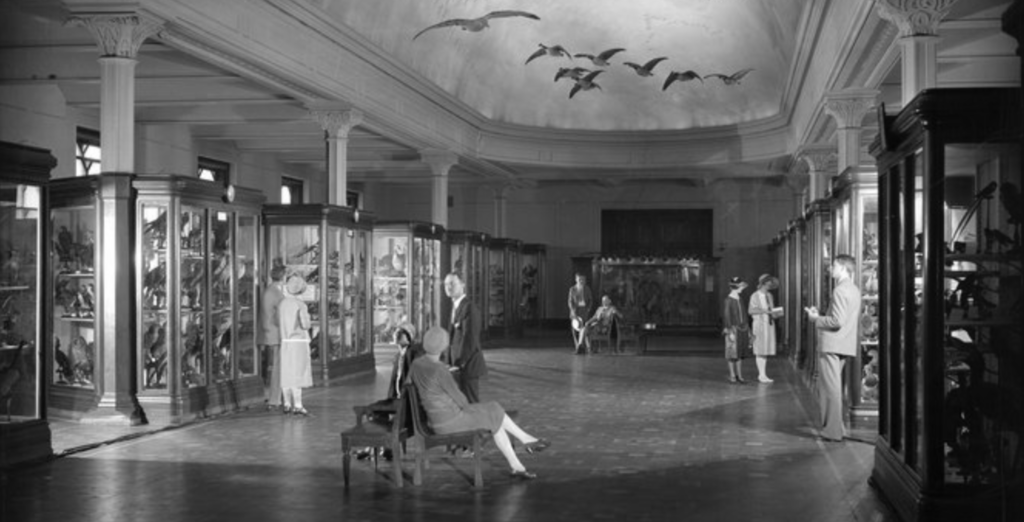
The American Museum of Natural History and How It Got That Way (Paperback Edition)
Colin Davey with Thomas A. Lesser
Empire State Editions
In The American Museum of Natural History and How It Got that Way, author Colin Davey offers a different kind of paradise — a repository of natural, prehistoric and astronomical wonders, tucked into a corner of the Upper West Side.
As with its sister institution the Metropolitan Museum of Art, New York’s natural history museum is an embodiment of Gilded Age curiosity, shaped by the past’s scientific understanding of the world and the lofty notions of civic leaders.
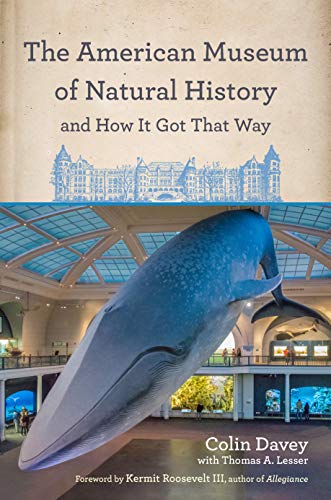
As the museum’s missions evolved — from the fruits of polar expeditions to the treasures of dinosaur excavation — so too does the building itself, carefully charted by Davey as it grows to fill the entire site of old Manhattan Square.
But a special focus is placed upon one of the museum’s greatest contributions to science — the Hayden Planetarium and the Rose Center for Earth and Space. In a section co-written by Thomas A. Lesser, Davey charts the institution’s growth — past the meddling of Robert Moses and into the surge of interest following the 1969 manned moon landing.
The paperback also includes a new forward by the planetarium’s director who just also happens to be America’s most famous astronomer — Neil deGrasse Tyson.

